Kiro
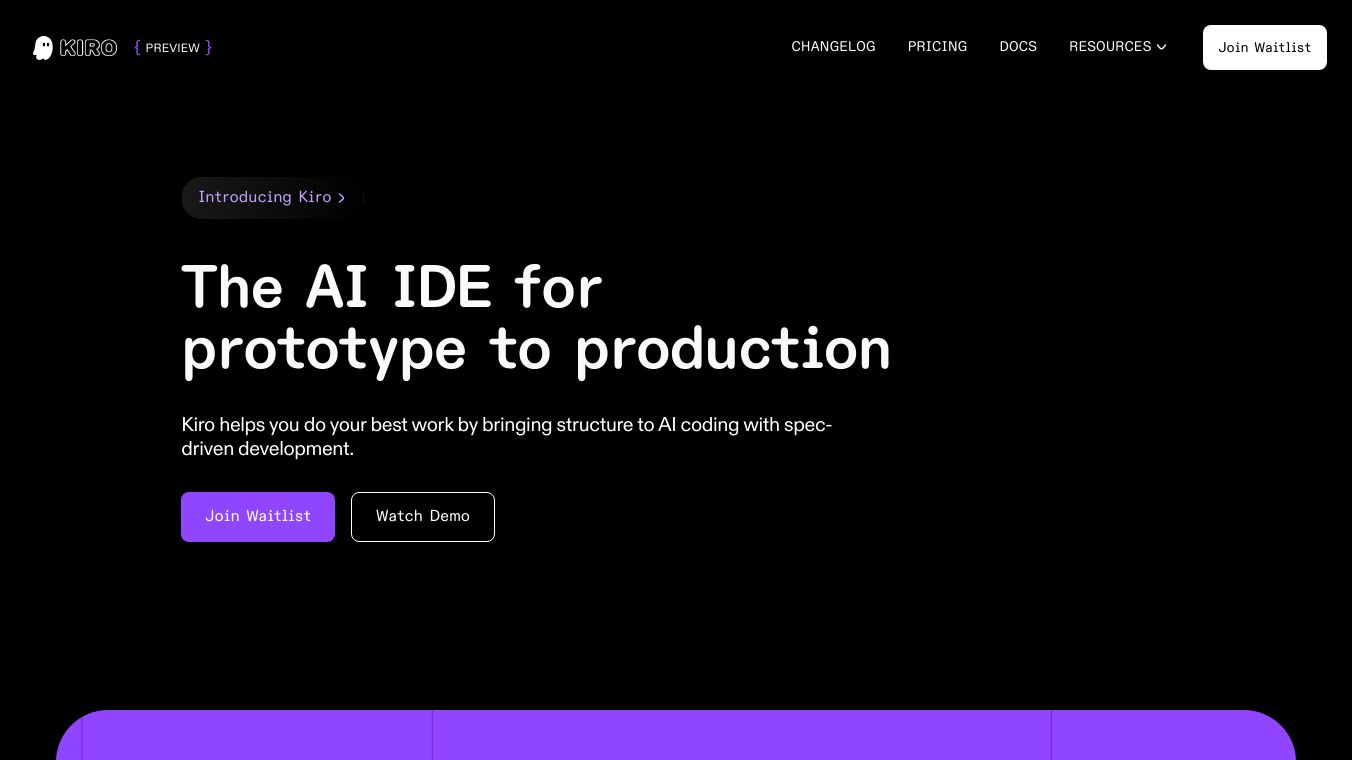
Kiro is an innovative Integrated Development Environment (IDE) designed to revolutionize software development by integrating AI agents into the development process. Developed by a team within AWS, Kiro aims to enhance productivity and improve the quality of engineering work. The name 'Kiro,' which rhymes with 'hero,' reflects the team's vision of creating a tool that assists developers in delivering robust software while honing their skills.
Kiro stands out from other coding assistants by offering a spec-driven development approach. This method transforms prompts into structured requirements, design documents, and tasks that are implemented by AI agents. The reasoning and implementation decisions are explicitly documented, making it easier to track and understand the development process. Kiro's agent hooks further enhance productivity by automating repetitive tasks such as updating documentation, generating unit tests, and optimizing code for performance. These hooks act like an experienced developer, catching issues and completing boilerplate tasks in the background, ensuring consistency and quality across the team.
The IDE supports a wide range of programming languages, including Python, Java, JavaScript, TypeScript, C#, Go, Rust, PHP, Ruby, Kotlin, C, C++, shell scripting, SQL, Scala, JSON, YAML, and HCL. Kiro is built on Code OSS, allowing users to import their VS Code settings, themes, and Open VSX compatible plugins, ensuring a seamless transition for developers familiar with VS Code. Additionally, Kiro includes features like Model Context Protocol (MCP) support for connecting specialized tools, steering rules to guide AI behavior, and agentic chat for ad-hoc coding tasks.
Kiro's spec-driven development process involves several steps. First, it unpacks requirements from a single prompt, generating user stories with acceptance criteria covering edge cases. Next, it creates a design document based on the codebase and approved spec requirements, including data flow diagrams, TypeScript interfaces, database schemas, and API endpoints. Kiro then generates tasks and sub-tasks, sequencing them correctly based on dependencies and linking each to requirements. The task interface allows developers to trigger tasks one-by-one, with a progress indicator showing execution status and the ability to audit the work by viewing code diffs and agent execution history.
Kiro's hooks are event-driven automations that execute tasks in the background when specific actions are performed, such as saving, creating, or deleting files. These hooks can update test files, refresh README files, scan for leaked credentials, and enforce coding standards across the team. For example, a hook can ensure that new React components follow the Single Responsibility Principle, automatically validating them against guidelines.
Kiro is currently available for free during its preview period, with plans to introduce paid subscriptions once the preview ends. The IDE is compatible with macOS, Windows, and Linux, and supports most popular programming languages. Developers can start using Kiro by downloading it and signing in with one of the supported login methods, including Google and GitHub. The hands-on tutorial provided by Kiro walks users through building a complete feature from spec to deployment.
Kiro's vision is to solve fundamental challenges in software development, such as ensuring design alignment across teams, resolving conflicting requirements, eliminating tech debt, bringing rigor to code reviews, and preserving institutional knowledge. By integrating AI agents deeply into the software development lifecycle, Kiro aims to transform how humans and machines collaborate to build software, making the process more efficient and effective.
This content is either user submitted or generated using AI technology (including, but not limited to, Google Gemini API, Llama, Grok, and Mistral), based on automated research and analysis of public data sources from search engines like DuckDuckGo, Google Search, and SearXNG, and directly from the tool's own website and with minimal to no human editing/review. THEJO AI is not affiliated with or endorsed by the AI tools or services mentioned. This is provided for informational and reference purposes only, is not an endorsement or official advice, and may contain inaccuracies or biases. Please verify details with original sources.







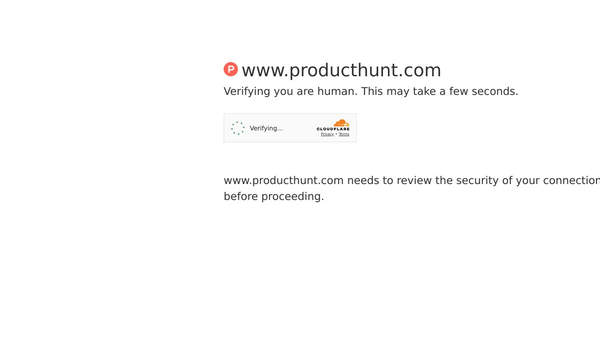
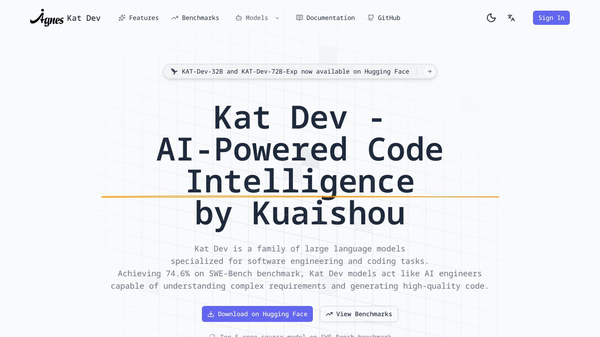

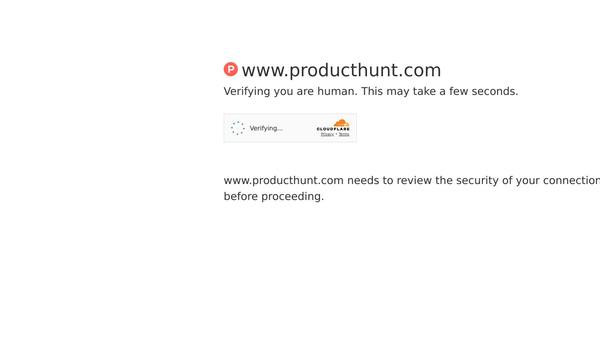
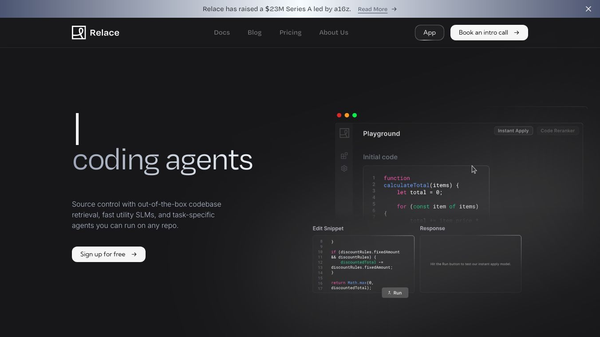
Comments
Please log in to post a comment.